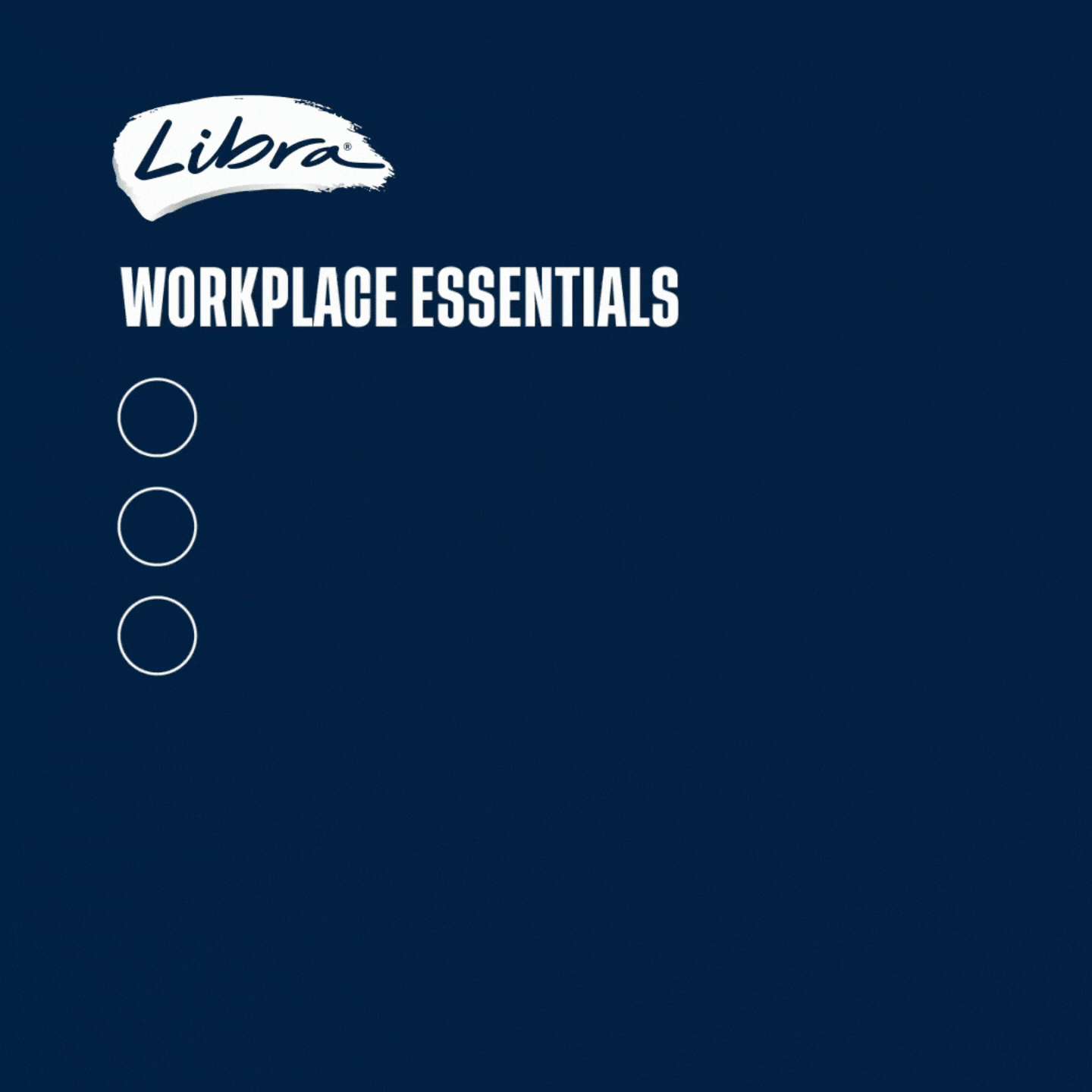For the second year in a row, Iceland has topped The Economist’s annual glass-ceiling index (GCI) as the best place to be a working woman.
The index ranks 29 Organisation for Economic Co-Operation and Development (OECD) countries according to where women have the best and worst chances of equal treatment at work.
This is the twelfth year that The Economist has released its glass-ceiling index. When it was launched in 2013 there were five indicators and 26 countries; today it consists of ten indicators including maternity and paternity leave for 29 OECD countries.
Rounding out the top five positions in the index, behind Iceland, are Sweden, Norway, Finland and France.
“The Nordic countries are particularly good at helping women complete university, secure a job, access senior positions, and take advantage of quality parental-leave systems and flexible work schedules,” says The Economist.
Australia has come 10th on the list, just behind Denmark and ahead of Austria. New Zealand stands at 13.
Ranking last on the list, respectively, are Japan, Turkey and South Korea, for the 12th consecutive year running.
The Economist says, “This can, in part, be explained by societal norms in Asia still expecting women to choose between having a family or a career.”
Compared to the 2023 index, the countries that showed the most improvement are Australia, Poland and the Czech Republic. Declining in their positions from last year include New Zealand, America and Britain who all dropped by 3 or 5 places.
In Britain and America, the wage gaps (14.5 per cent and 17 per cent respectively) were higher than the OECD average of 12 per cent.
The US continues to be the only OECD country to not offer any paid maternity or paternity leave, which drags them down the ranking every year. This is in stark comparison to countries in Scandinavia and Eastern Europe who are most generous on this measure.
However, the US holds the strongest measure for women in management at 42.6 per cent, along with Scandinavian countries who also show strong results. The lowest are Japan and South Korea for this measure, as well as for women on boards. Overall, the share of women in management for OECD countries went up slightly from 33.5 per cent to 34.1 per cent since 2023.
Men continue to make up a bigger proportion of the labour force than women, although this gap narrowed slightly last year to 14.8 percentage points.
The percentage of women on boards hit 33 per cent for the first time across the OECD, and the leaders on this measure are New Zealand, France and Denmark.
In almost every country, women make up a greater proportion of the university-educated population than men, and yet, they make up a lower share of the workforce across the index. This is most notable in Italy and Greece, where less than two-thirds of women are in the labour force.


